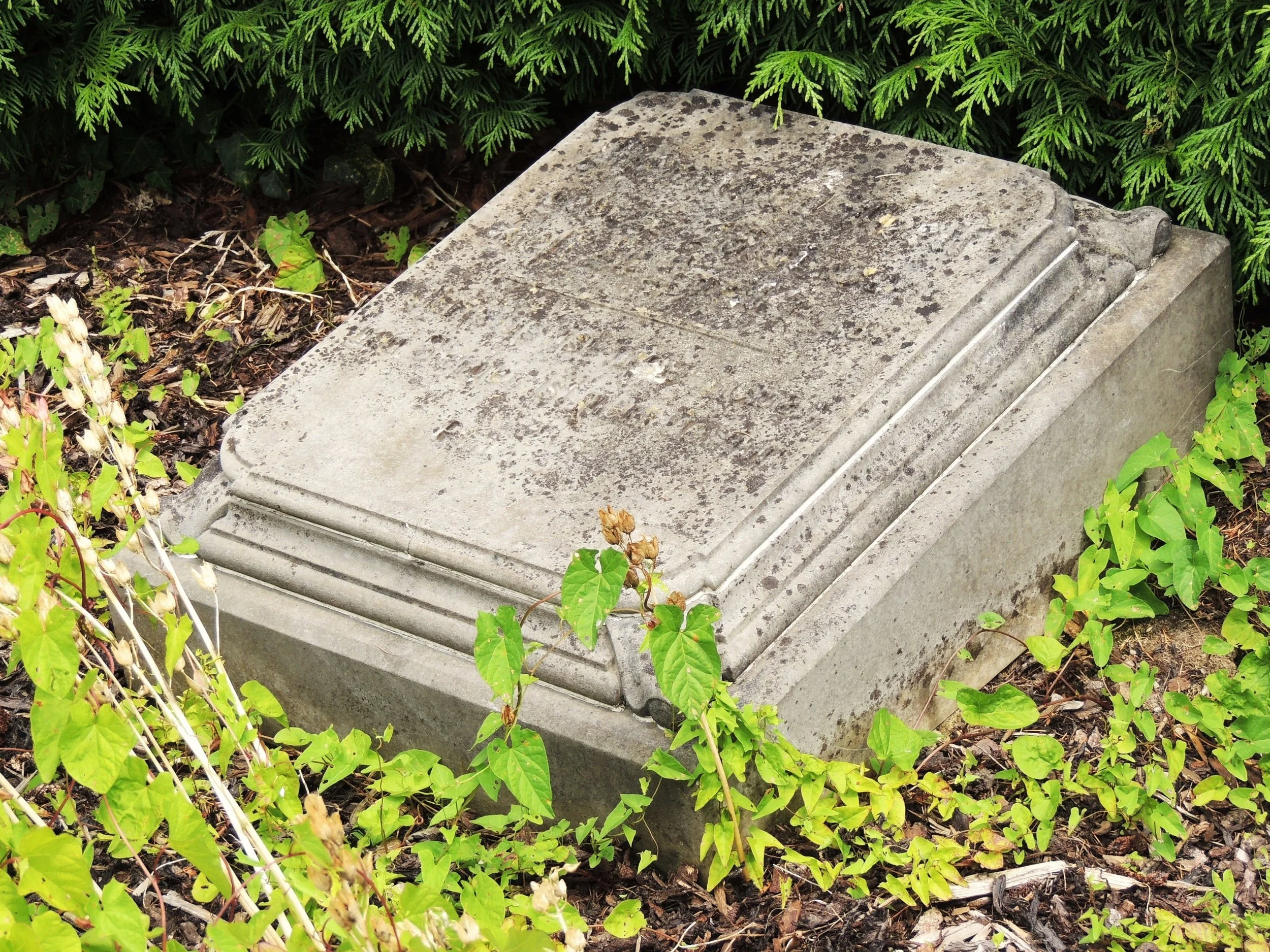As a service to our members, OMAG’s Risk Management Services Department has developed a series of articles addressing various challenges and issues municipal cemetery caretakers might face. Although tort claims generated from cemeteries aren’t at the top of the frequency or severity list, these types of claims don’t bode well for our public image and are most certainly preventable.
Maintenance work in a cemetery is unlike other landscaping jobs. Issues like equipment safety and proper use of tools are important. But equally important is the ability to see your work as visitors to your facility would see it. This approach requires excellent attention to detail. When family or friends visit, all they will see is the condition of their loved one’s grave. You want to make sure that what they see is a clean well-maintained site.
Municipalities should identify and adhere to “best practices” when it comes to cemetery lawn maintenance. These best practices, when observed, are likely to cause the least damage to both the cemetery landscape and, in particular, the stone markers. These recommendations, however, are not intended to represent a “one-size-fits-all” approach to landscape maintenance. Every cemetery is different – the topography is different, the composition of the lawn is different, its public use is different, even the funding available for maintenance is different. Any “best practices” provide guidance that must be customized to each cemetery’s specific and particular needs.
"When family or friends visit, all they will see is the condition of their loved one's grave. To ensure what they see is a clean well-maintained site, municipalities should adhere to "best practices" when it comes to cemetery lawn maintenance."
The single most damaging lawn maintenance activity (to stones) is mowing. In addition, mowing is frequently the single largest cemetery expenditure. It is critical that lawn mowing is done in a manner the protects the monuments, as well as the lawn. The most serious issue is the routine removal of grass in the immediate vicinity of gravestones and tombs. The best practice is to mow to within 12-inches of markers and finish the work using hand shears. This approach, however, is almost universally cost prohibitive. Another approach is the removal of grass around the bases of stones. The solution is usually discouraged since it creates an unnatural and unattractive landscape and its long-term maintenance creates additional costs and threats to the stone (especially since there will be an inclination to use weed killer as a simple solution).
Gravestone damaged by improper mowing techniques. The single most damaging lawn maintenance activity (to stones) is mowing.
The best workable solution is to use no power mower within 12-inches of the markers. Weed whips (rotating nylon filament trimmers) may then be used – with extreme care – to finish the job up to the stone. For these procedures to cause minimal damage, four precautions are absolutely critical:
The maintenance crew must be carefully trained and closely supervised. They must understand the historic markers are very fragile and that the activities used on residential or commercial grounds are unacceptable for historic cemeteries.
Only walk behind mowers should be used – riding mowers offer too little control and operators are too inclined to take chances in an effort to speed the mowing up and get on to another job.
All mowers – even when used no closer than 23 inches – must have bumper guards installed to offer additional protection. This can be achieved by using cable ties to attach closed cell foam, such as that used for the insulation of pipes, to the sides, front, and rear of all mowers.
The nylon string in the trimmers must be the lightest gauge possible – no heavier than 0.09 inch.
Gravestone damaged by improper trimming techniques. Weed whips may be used - with extreme care - with the lightest possible nylon string.
Perhaps the best protection from mower damage, however, is the active involvement of the superintendent in the oversight of the landscape maintenance operations – inspections should be made during and after mowing operations.
Look for future articles, publications, and training events that will assist you in maintaining and managing your municipal cemetery.





